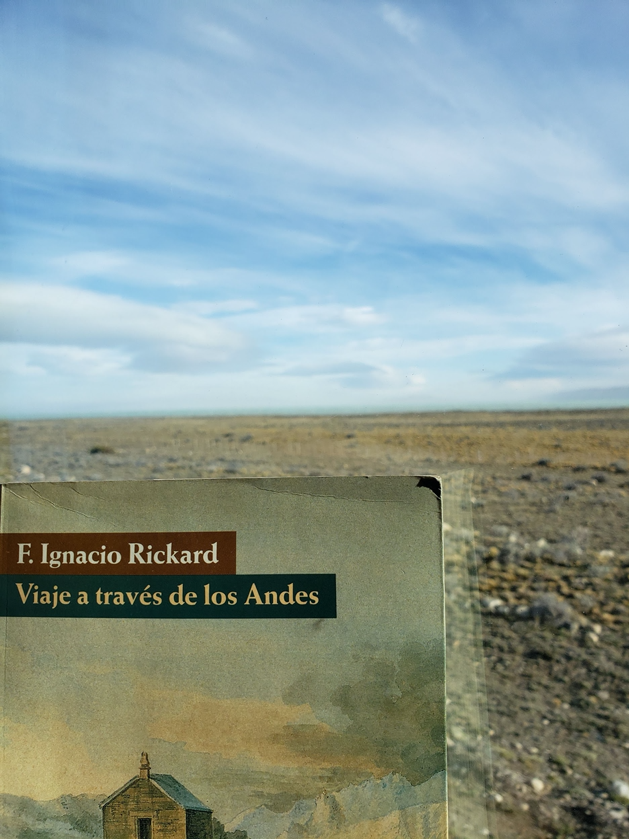
Engineering in Argentina with British Capital
Dongming Faustino Sarmiento was the governor of the Province of San Juan during the 1860s. After his years of exile in Chile, he observed Chilean economic development through mining and foreign investment. To develop the province, he believed the mining industry would be a way to attract foreign capitals and technology before the growth of agriculture, industry and commerce in San Juan. In 1862, Sarmiento wrote a letter to the Argentine president Bartolome Mitre and compared San Juan mining as “a California gold rush opportunity”. Great Britain during the 19th Century had the most skilled capital and experts in engineering. Therefore, many British engineers were sent to different places and worked on local mining projects in the Southern cones. Argentina was one country that hired some British engineers to work in construction projects with government support.

Mining Journey Across the Great Andes is a travel journal written by a British engineer called Francisco Ignacio Rickard. This book was first published in London in 1863. In April 1862, Rickard was hired by Sarmiento to be the inspector general of the silver mining project in San Juan, so he traveled on a mule from Valparaiso to San Juan. Later, he received an official order to travel to Buenos Aires. He crossed the Andes range, desert, the Great Plains of Pampas, Argentine and Chilean major cities and towns.
Rickard wrote the journal to advise other engineers who were going to embark on a journey across the Andes with details about the geography, packing tips and survival guides. Along the way, Rickard not only experienced unexpected storms and extreme cold weathers, but also he saw magnificent mountain ranges. He was fascinated by the scenery in Mendoza and wrote, “on the South and West may be seen the snow-covered Andes looking black and majestic in their towering heights” (99). During his journey, he also had distinct cultural experiences, as he saw the “gauchos” in the Pampas and drank mate. Rickard described his experiences by presenting facts and showed readers a 19th century life before railroads, cars or planes became major transportations. Contemporary readers who are interested in the Andes journey have learned about the geographical diversity and early globalization in Argentina.
This book is regarded as a primary material for historians to learn about British influence in Argentina with facts and real travel experiences. Rickard also described other British projects in Argentina such as a mining town in Uspattalla, Mendoza Province, Argentina. Mining Journey Across the Great Andes is an example of British engineers developing Argentina under government support. Rickard also wrote another report The mineral and other resources of the Argentine republic (La Plata) in 1869 about his inspection in other mining projects. He showed gratitude for the Argentine government and was fascinated by the fast development over the years. Some people regard British influence represents progress and modernization, whereas, others believe that foreign investment only benefited the elites. Modernization or imperialism has always been a debate in the Modern Latin American history. It was inevitable that those British engineers developed projects in Argentina, as Great Britain had rich resources and human capital in the 19th Century. However, foreign investment only improved the country superficially while the inequality from the colonial era continued.
References:
Rickard, Francisco Ignacio. A Mining Journey Across the Great Andes. London: Smith, Elder & Co. 65, Cornhill, 1862.
Rickard, Francisco Ignacio. The mineral and other resources of the Argentine republic (La Plata) in 1869. London: Longmans, Green and Co, 1870.
Bataller, Juan Carlos. “Sarmiento minero y el sueño que no pudo ser.” San Juan al Mundo. Access April 12, 2020. https://www.sanjuanalmundo.org/articulo.php?id=17223.
